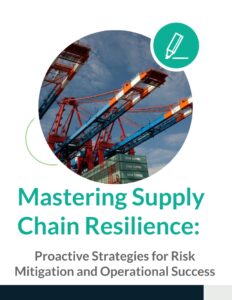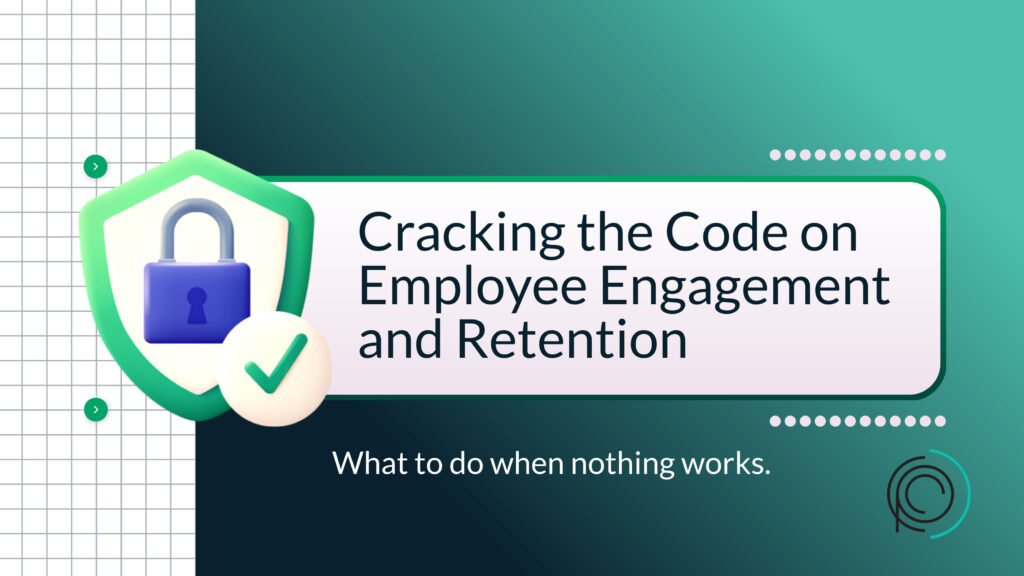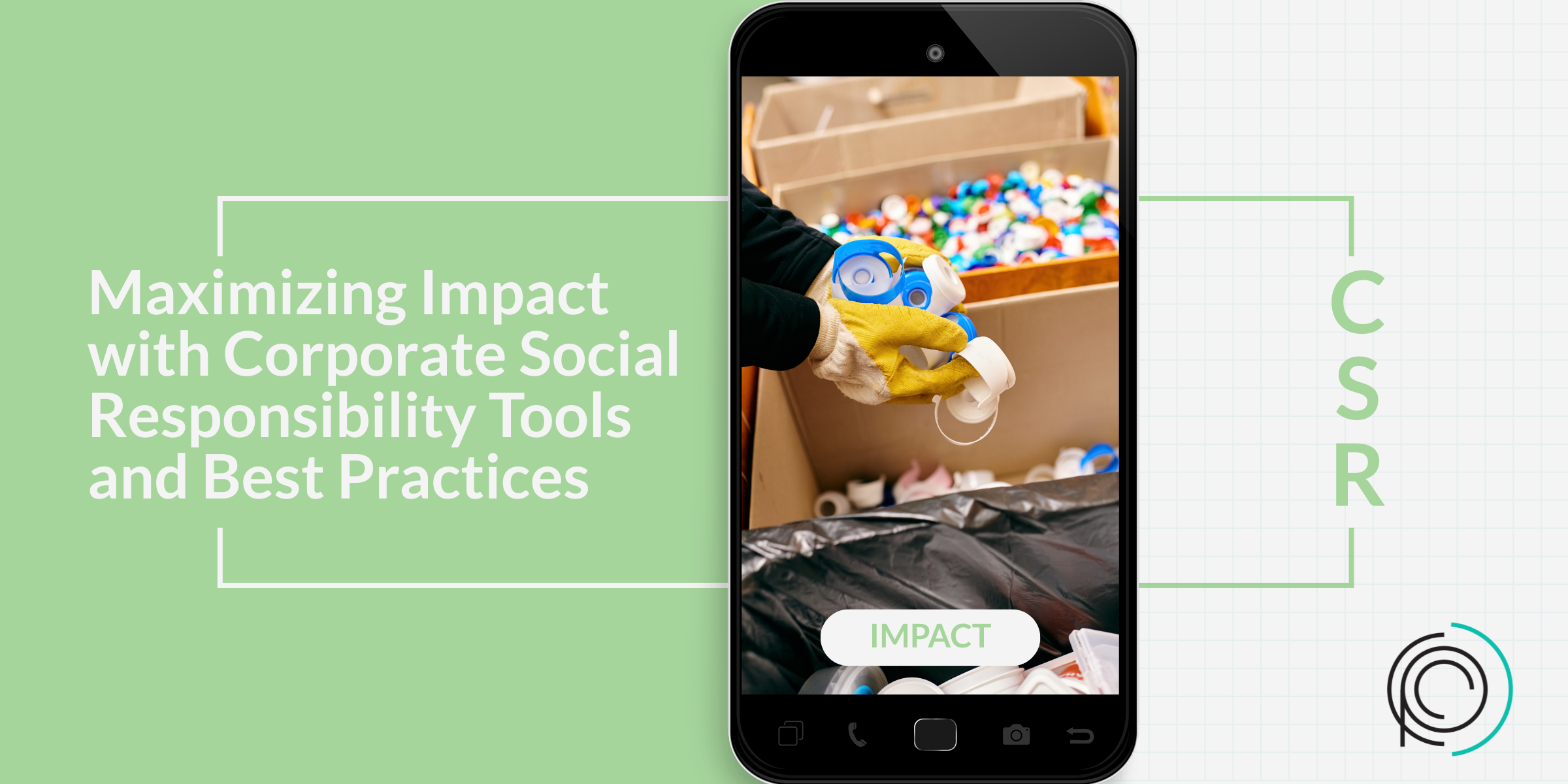Employee engagement and development are essential components of any thriving organization, playing a crucial role in fostering a motivated and productive workforce. However, what happens when you’ve invested in all the right tools, such as advanced technology and platforms for collaboration, offered competitive financial compensation along with attractive bonuses, and increased vacation time to promote work-life balance, yet you’re still grappling with high attrition rates? This situation can be particularly frustrating. To make matters worse, employees who leave often provide little to no feedback during their exit interviews, leaving you with unanswered questions about their motivations. If this sounds familiar, you’re not alone. Many organizations face this challenge, and it can significantly impact overall productivity and morale. This blog post will delve into this pressing issue and provide decision-makers and leaders with actionable strategies to better understand their workforce, address the underlying problems, and ultimately improve employee retention, ensuring a more engaged and committed team.
Understanding the Importance of Employee Engagement
First, I want to break down what exactly Employee Engagement is. Employee engagement is the emotional commitment an employee has toward their organization and its goals. Highly engaged employees are more productive, motivated, and committed to their work. They are also less likely to leave the company, which is why it’s crucial for leaders to focus on enhancing engagement levels within their teams.
Now, when we say emotional commitment we’re referring to the deep-seated connection that an employee feels towards their organization, which goes beyond mere job satisfaction. This commitment is characterized by a sense of belonging and loyalty, where employees identify with the company’s values, mission, and culture. When employees feel emotionally committed, they invest their energy, creativity, and enthusiasm into their work, leading to enhanced performance and an increased likelihood of remaining with the organization long-term. Enhancing emotional commitment can be achieved through effective communication of the organization’s vision, fostering a supportive work environment, and recognizing employees’ contributions. Ultimately, high levels of emotional commitment translate to lower turnover rates and a more stable, engaged workforce.
The Cost of High Turnover
High attrition rates can be costly for any organization. The expenses associated with recruiting, training, and onboarding new employees can quickly add up. Additionally, high turnover can lead to decreased morale among remaining staff, further impacting productivity and overall business performance.
Identifying the Root Causes
Before implementing new strategies, it’s essential to identify the root causes of high attrition in your organization. Conducting anonymous surveys, focus groups, and one-on-one interviews with current employees can provide valuable insights into their experiences and concerns. It’s crucial to create a safe and open environment where employees feel comfortable sharing their thoughts and feedback.
If You’ve Done All of That but Still Come Up Empty-Handed
When traditional methods of understanding employee engagement yield little insight, it may be time to adopt a more innovative approach. Consider leveraging data analytics to interpret employee interactions, performance metrics, and engagement levels. By synthesizing this information, organizations can uncover patterns and trends that may indicate underlying issues affecting retention.
Additionally, implementing stay interviews—conversations designed to understand why current employees remain with the organization—can further illuminate factors contributing to employee commitment. These interviews allow leaders to proactively address concerns before they lead to attrition. Ultimately, an integrated approach that combines qualitative feedback with quantitative data will provide a comprehensive understanding of employee sentiments, enabling you to take targeted actions to foster a supportive and engaging work environment.
Enhancing Communication and Transparency
Transparent communication is key to building trust and fostering a positive work environment. Employees want to feel informed and involved in the decision-making process. Leaders should prioritize regular updates, town hall meetings, and open-door policies to ensure that employees feel heard and valued. They need the ability to express their thoughts freely without fear of repercussions.
Encouraging Open Dialogue
Creating a culture of open dialogue is essential for addressing employee concerns before they escalate. Encourage managers to have regular check-ins with their team members, providing opportunities for employees to discuss any issues or challenges they may be facing. This proactive approach can help identify potential problems early on and prevent them from leading to high attrition rates.
Leveraging Technology for Better Communication
In today’s digital age, leveraging technology can enhance communication within your organization. Implementing collaboration tools like Slack, Microsoft Teams, or Zoom can facilitate seamless communication and collaboration among team members, regardless of their location.
Handling Feedback Regarding Top Managers or Personal Issues
Receiving feedback about a top manager or concerning oneself can be challenging yet invaluable for personal and organizational growth. The first step in addressing such feedback is to approach it with an open mind and a commitment to understanding the perspective of the feedback provider. It’s crucial to separate personal feelings from the substance of the feedback; this allows for a more objective analysis of the situation.
For issues involving a senior manager, conducting a thorough assessment is essential. Engage in one-on-one discussions with the individual to gain insights into their management style and the context in which feedback has emerged. This conversation can help to identify specific behaviors or actions that may have led to negative perceptions and provide an opportunity for constructive dialogue on potential improvements.
In instances where the feedback pertains to oneself, self-reflection is vital. Seek clarification on the comments made, and where possible, gather additional feedback from various sources to form a comprehensive view. Demonstrating a willingness to learn and adapt is a leadership quality that fosters trust and respect within a team. Furthermore, once the feedback has been understood, openly communicate any actionable steps that will be taken in response to the feedback, reinforcing a culture of transparency and accountability. Remember not to take it personally; instead, see it as a valuable opportunity to enhance your leadership skills. Ultimately, how feedback is handled can significantly influence employee morale and retention, showcasing a commitment to continuous improvement at all levels of management.
Fostering a Positive Work Culture
A positive work culture is vital for employee engagement and retention, significantly influencing an organization’s overall success. When employees feel valued, respected, and appreciated, they are much more likely to remain with the organization long-term. This sense of belonging fosters loyalty and encourages individuals to invest their time and energy into their work. Additionally, a supportive environment promotes collaboration, creativity, and communication, allowing teams to thrive and tackle challenges effectively. Recognizing and celebrating employee achievements further enhances morale, leading to increased productivity and a stronger commitment to the organization’s goals. Ultimately, nurturing a positive work culture not only benefits employees but also drives the organization toward sustained success.
Recognizing and Rewarding Employees
Recognition and rewards play a significant role in boosting employee morale and motivation. Implementing a recognition program that acknowledges employees’ hard work and achievements can go a long way in fostering a positive work culture. Consider offering both monetary and non-monetary rewards, such as gift cards, extra time off, team luncheons, or public recognition during team meetings.
Promoting Work-Life Balance
Promoting work-life balance is crucial for employee well-being and satisfaction. Encourage employees to take advantage of their vacation time and offer flexible work arrangements, such as remote work options or flexible hours. By prioritizing work-life balance, you can help reduce burnout and improve overall employee retention.
Investing in Professional Development
Providing opportunities for professional development is essential for keeping employees engaged and motivated. When employees feel that their organization is invested in their growth and career advancement, they are more likely to stay with the company.
Offering Training and Development Programs
Investing in training and development programs can help employees acquire new skills and advance in their careers. Consider offering workshops, online courses, and mentorship programs to support employees’ professional growth. Additionally, providing opportunities for lateral moves within the organization can help employees explore new roles and responsibilities.
Creating Clear Career Paths
Establishing clear career paths within your organization can help employees understand their growth potential and set achievable goals. Regularly discuss career aspirations during performance reviews and provide guidance on how employees can achieve their professional objectives.
Building Strong Leadership
Effective leadership is absolutely critical for fostering employee engagement and retention in any organization. Leaders who are able to inspire, motivate, and support their teams create an environment where individuals feel valued and empowered. This not only enhances employee satisfaction but also builds loyalty, as team members are more likely to stay with a company that prioritizes their growth and well-being. Furthermore, strong leaders cultivate open communication and trust within their teams, which can lead to improved collaboration and productivity. By investing in their leadership skills, organizations can create a positive workplace culture that encourages employees to thrive and remain committed for the long term. Check out our eBook What’s Your Management Style.
Developing Leadership Skills
Investing in leadership development programs can help managers and supervisors enhance their skills and become more effective leaders. Focus on areas such as communication, conflict resolution, and emotional intelligence to ensure that your leaders are well-equipped to support their teams.
Leading by Example
Leaders should lead by example and demonstrate the values and behaviors they expect from their employees. By modeling a positive attitude, strong work ethic, and commitment to the organization’s goals, leaders can inspire their teams to follow suit.
Gathering Feedback and Making Improvements
Regularly gathering feedback from employees is essential for identifying areas of improvement and making necessary changes. Implementing a continuous feedback loop can help ensure that employees feel heard and valued.
Conducting Employee Surveys
Regularly conducting employee surveys can provide valuable insights into the overall employee experience. Use these surveys to gather feedback on various aspects of the workplace, such as leadership, communication, and work-life balance. Analyze the results and identify trends or patterns that may indicate areas of concern.
Implementing Change Based on Feedback
It’s not enough to simply gather feedback; leaders must also take action based on the insights received. Communicate the changes you’re making to address employee concerns and show that their feedback is valued and taken seriously.
Creating a Sense of Community
Building a sense of community within your organization can significantly impact employee engagement and retention. When employees feel connected to their colleagues and the organization, they are more likely to stay and contribute to its success.
Organizing Team-Building Activities
Organizing team-building activities can help strengthen relationships among employees and foster a sense of camaraderie. Consider hosting team lunches, offsite retreats, or virtual events to bring employees together and create lasting bonds.
Encouraging Cross-Department Collaboration
Encouraging cross-department collaboration can help employees feel more connected to the organization as a whole. Create opportunities for employees from different departments to work together on projects or initiatives, fostering a sense of unity and shared purpose.
Leveraging Data and Analytics
Data and analytics can provide valuable insights into employee engagement and retention trends. By leveraging data, leaders can make informed decisions and implement targeted strategies to address specific issues.
Analyzing Attrition Trends
Analyzing attrition trends can help identify patterns and potential causes of high turnover. Look at factors such as tenure, department, and job role to determine if there are any commonalities among employees who leave the organization.
Using Predictive Analytics
Predictive analytics can help identify employees who may be at risk of leaving the organization. By analyzing factors such as job satisfaction, performance, and engagement levels, leaders can proactively address potential issues and improve retention rates.
The Role of Financial Compensation and Benefits
While financial compensation and benefits are important, they are not the sole drivers of employee engagement and retention. It’s essential to consider other factors, such as work culture, professional development, and leadership when addressing high attrition rates.
Offering Competitive Compensation
Ensure that your organization offers competitive compensation packages that align with industry standards. Regularly review and adjust salaries to remain competitive and attract top talent.
Providing Comprehensive Benefits
In addition to competitive salaries, offer comprehensive benefits packages that support employees’ overall well-being. Consider offering health insurance, retirement plans, and wellness programs to address employees’ physical, mental, and financial health needs.
Conclusion
Addressing high attrition rates and improving employee engagement requires a multifaceted approach. By enhancing communication, fostering a positive work culture, investing in professional development, and leveraging data and analytics, leaders can create an environment where employees feel valued, supported, and motivated to stay.
If your organization is struggling with high turnover despite investing in tools and benefits, it’s time to take a deeper look at the underlying issues. For further insights and personalized advice on enhancing employee engagement and retention, consider reaching out to our team of experts. Let’s work together to build a more engaged and loyal workforce.







